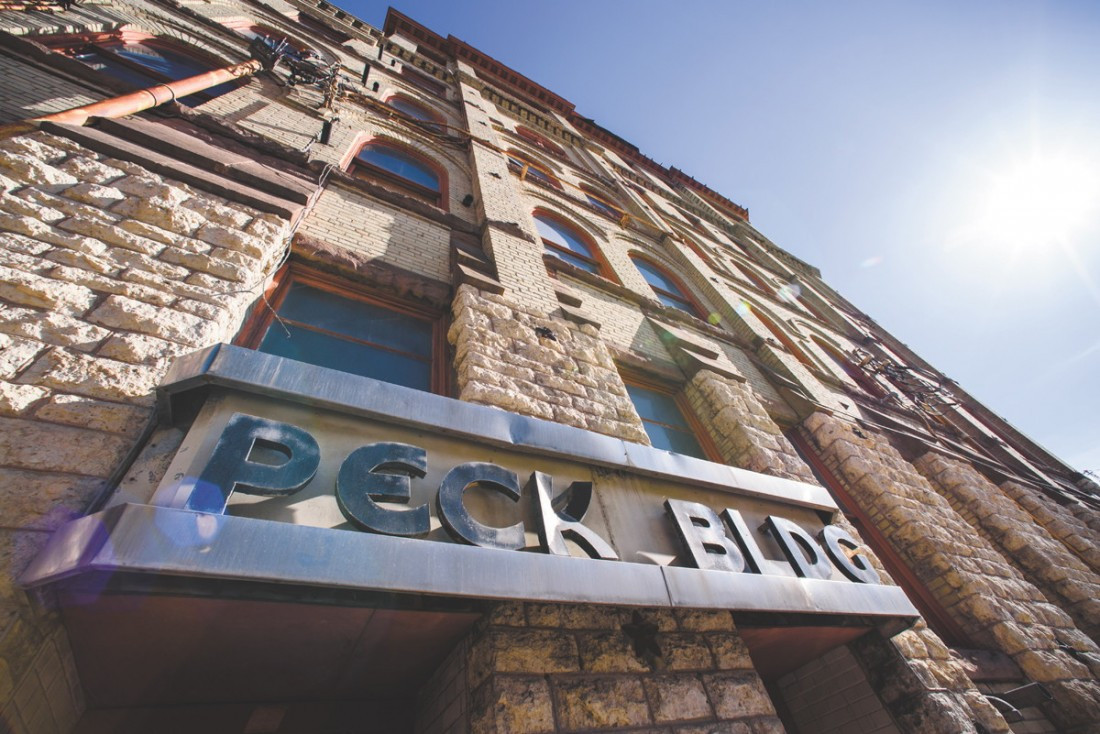Winnipeg Is: Heritage
Heritage buildings in Winnipeg are worth a second look
Heritage buildings are a valued part of Winnipeg’s cityscape and could be receiving more protection than they traditionally have.
Changes started rolling when the Historical Resources bylaw took effect on June 1, 2014. Among other things, this bylaw strives to make heritage designations clearer and requires owners to get a permit to make alterations.
Following the recommendation of city council the public service has also been working on a report which will be released on March 26.
When making the report they looked at how Hamilton, New York City, Boston, Toronto and Washington D.C. protect their heritage resources.
One goal is to work on ways to prevent demolition by neglect, which is when an owner allows a building to deteriorate so much that it can’t be repaired.
The Vacant Buildings bylaw and Neighbourhood Liveability bylaw try to ensure structures remain in good condition, but there are some gaps that could be addressed.
“I’m hoping that they’ll come up with a better way to deal with demolition by neglect so that we have some tools to ensure that owners take care of their properties and the city doesn’t have to lose these heritage resources,” Coun. Jenny Gerbasi (Fort Rouge-East Fort Garry), chair of the historical buildings and resource committee for 15 years, says.
“Some owners do a wonderful job and others just let their buildings rot and they somehow manage to get away with that. I want to see laws that will motivate owners to take good care of their buildings.”
Christian Cassidy is a local history buff who blogs at West End Dumplings and who also wants to see more protection. Cassidy hopes the city will start recognizing heritage buildings everywhere and not just keep its focus in the Exchange District.
“I consider myself pretty practical when it comes to heritage buildings, but nobody says McPhillips is the coolest street in Winnipeg. The areas of the city that people find interesting and tourists visit have some historical significance to them,” Cassidy says.
The city public service is wanting to specifically preserve character defining elements, certain aspects of the building which make it historically significant.
“It’s not illegal to own a vacant building so we want to ensure that the building is still protected and we want to enhance our protection so all of the character defining elements are protected,” city heritage planner Rina Ricci says.
“We’re very specific about what’s actually important about that building, whether it’s the front façade, marble floor, interior door frame, the staircases or stained glass windows,” John Kiernan, manager of the city’s Urban Design Division, says.
The public service believes that occupancy is the best way to conserve heritage buildings, such as the Peck Building, which is vacant at 33 Princess St. A recent example of adaptive reuse would be the Metropolitan Theatre, which is now a multi-purpose events centre owned by Canad Inns.
“We would like to see adaptive reuse of all buildings if possible. The owners and the community aren’t happy when a building sits empty so we want to work collaboratively to make sure protection is enhanced,” Kiernan says.
Part of the series: The Urban Issue 2015
Published in Volume 69, Number 26 of The Uniter (March 25, 2015)







